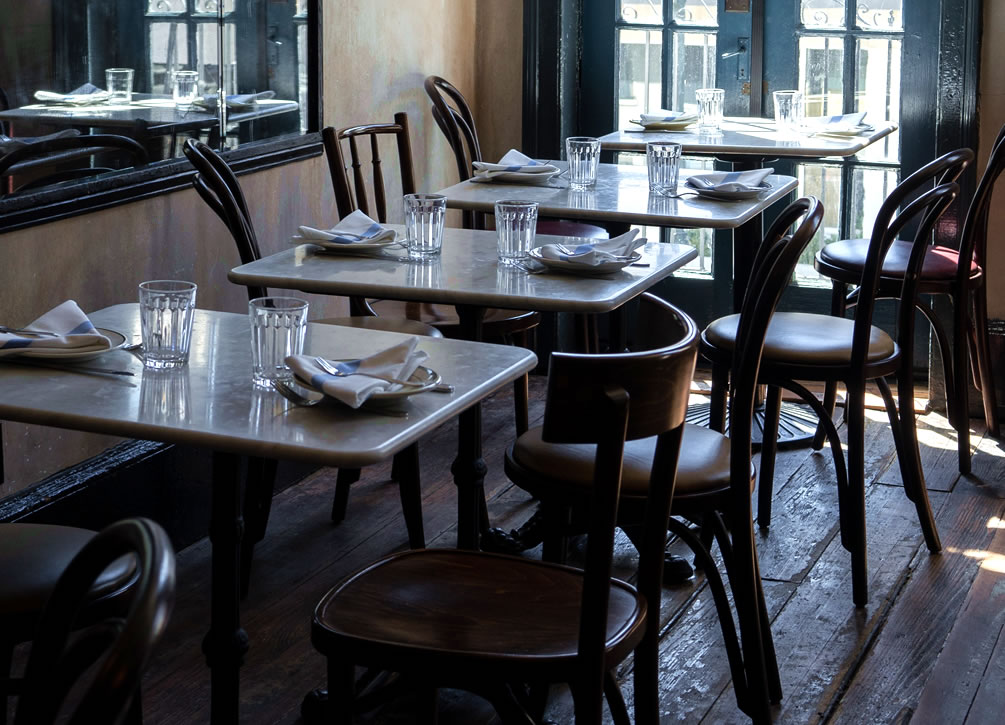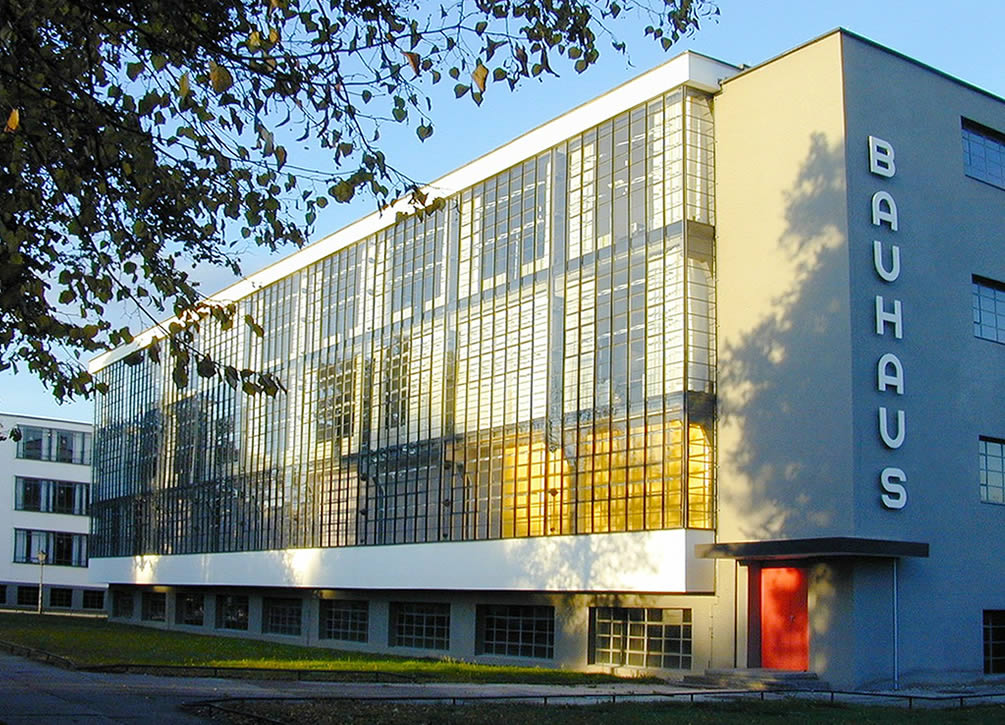What exactly does the name of our website – German Stammtisch – mean?
The German word Stammtisch is composed of two individual words: Stamm and Tisch. Tisch refers to a table. The word Stamm, related to the English word Stem, can refer either to a tree trunk or to a group of people, for example, a group of regular customers.
Stammtisch, then, refers to a “regular’s table”. This could refer to a table, for example, in a restaurant where a group of people meet on a regular basis. Somewhat less literally, the word Stammtisch refers simply to an informal meeting. A good example of this concept can be seen in the vintage American television series Cheers.
The name of our website combines the notion of the Stammtisch or informal meeting with the word German. It suggests a group that meets regularly to converse in German. Unlike Cheers, however, the only drinks we occasionally serve are limited to Sprudelwasser – sparkling spring water!
▸ Photo by Mitchell Hollander on Unsplash

